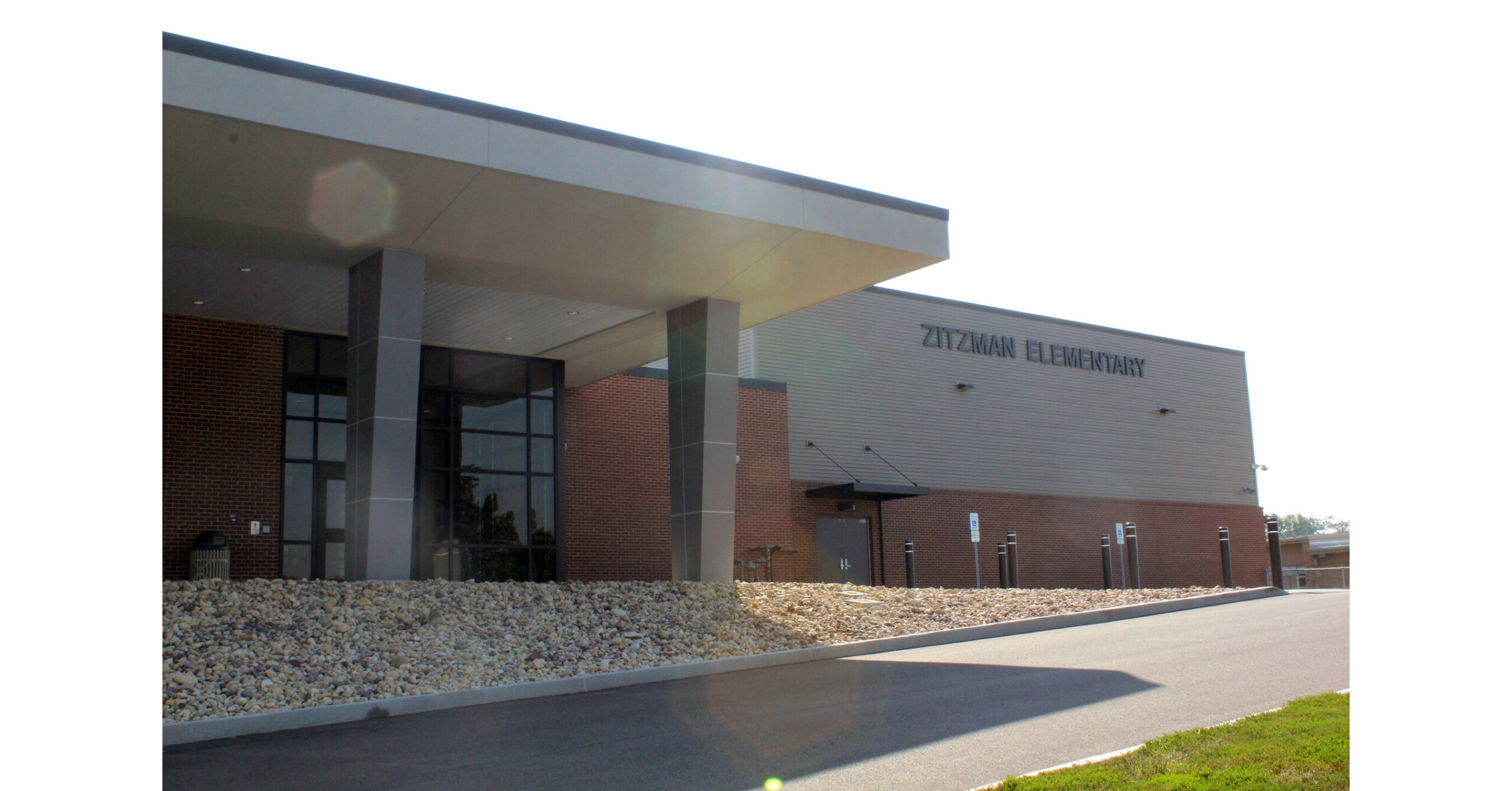ST. LOUIS, Oct. 15, 2024 /PRNewswire/ — NAVIGATE Building Solutions, a recognized Owner’s Representative, is at the forefront of modern construction, bringing Insulated Concrete Form (ICF) technology to Missouri’s construction landscape. Renowned for their expertise in managing intricate projects, NAVIGATE’s proficiency in ICF is prominently displayed in Missouri’s first ICF-constructed public school, Zitzman Elementary in Franklin County, Missouri. Currently, NAVIGATE is in the design phase of two new ICF structures: a Performing Arts Center for the Kirksville R-III School District and a cutting-edge building for 7th and 8th grades in the Meramec Valley R-III School District. Dr. Carrie Schwierjohn, superintendent of MVR-III, expressed her enthusiasm for this groundbreaking project.
“NAVIGATE’s commitment to ICF construction is a game-changer for Missouri schools,” said Dr. Carrie Schwierjohn, superintendent of MVR-III. “By choosing this innovative building method, we are ensuring that our students have a safe, comfortable, and energy-efficient learning environment for years to come.”
ICF technology presents significant advantages over traditional construction methods, establishing it as the preferred choice for schools and public facilities. Its capacity to enhance structural integrity, reduce energy consumption, and lower long-term maintenance expenses are pivotal factors driving the adoption of ICF in contemporary projects. But what exactly is ICF, and how does it compare to traditional building methods?
What Constitutes ICF Construction? Insulated Concrete Form (ICF) construction employs hollow, styrofoam-like blocks that are meticulously stacked and fortified with steel rebar before being filled with concrete. The form acts as a dual layer of insulation, comprising two and a half inches of expanded polystyrene (EPS) foam on both sides of the concrete core. This ingenious design results in an exceptionally efficient and resilient structure.
Unveiling the Advantages of ICF Construction
- Energy Efficiency: ICF’s insulation properties far surpass those of traditional frame construction. Unlike wood or steel framed walls, ICF guarantees continuous insulation without any gaps. This creates an airtight seal, reducing air leakage by up to 75%, which directly translates into substantial energy savings. ICF walls boast an insulation value that can reach an impressive R-40+, significantly reducing heating and cooling expenses by 30-60%. Moreover, the high thermal mass of concrete helps stabilize indoor temperatures, allowing for the downsizing of HVAC systems and further reducing costs.
- Durability, Strength, and Safety: Buildings erected using ICF are ten times stronger than their conventionally framed counterparts, capable of withstanding wildfires, hurricanes, and tornadoes while complying with FEMA’s safe room standards. This remarkable resilience makes them an ideal choice for public infrastructure that demands unwavering resistance against natural disasters. Additionally, ICF enhances ballistic and blast protection, adding an extra layer of safety that traditional construction methods simply cannot replace.
- Sound Insulation: ICF buildings provide remarkable sound insulation benefits. With a concrete core ranging from 4-12 inches, ICF walls typically achieve a Sound Transmission Class (STC) rating of 50 to 55, signifying their ability to block significantly more sound than conventional wood-frame structures. This characteristic makes them an ideal choice for institutions that prioritize quiet environments, including educational facilities, professional offices, community spaces, and public buildings.
- Sustainability: Beyond its exceptional energy efficiency, ICF offers long-term environmental advantages. The materials used in ICF are renowned for their durability and low maintenance requirements, reducing the need for repairs or replacements over time. ICF buildings also contribute to LEED (Leadership in Energy and Environmental Design) certifications, aligning perfectly with the increasing demand for sustainable building practices.
ICF vs. Traditional Construction Methods: Comparing First Cost
When comparing ICF to traditional construction methods, the first cost advantage becomes abundantly clear. In a recent project for the Meramec Valley R-III School District, NAVIGATE conducted a thorough evaluation of the costs and schedules associated with ICF versus precast concrete, tilt-up and even steel structures for a FEMA safe room application. The results of this analysis revealed that ICF not only reduced material costs by over $58,000 but also significantly shortened the construction schedule, leading to additional savings.
Cory Bextermueller, NAVIGATE’s K-12 Market Leader, noted, “The cost comparison of ICF versus traditional precast, tilt-up, or masonry construction was surprising, but the significant schedule reduction was also a key factor in selecting ICF for the Zitzman Elementary project.”
Pushing the Boundaries of Modern Construction
NAVIGATE Building Solutions is at the forefront of adopting ICF technology, actively contributing to the evolution of construction practices in Missouri and beyond. While ICF offers exceptional benefits for schools, its potential in other sectors, such as healthcare, government, and commercial buildings, is equally significant. The growing interest in ICF construction underscores its value in institutional settings where energy efficiency, safety, and long-term durability are paramount considerations. As public facilities and private clients increasingly seek sustainable building methods, ICF is poised to play a pivotal role in shaping the future of construction.
To learn more about ICF technology and how NAVIGATE Building Solutions can help you achieve your construction goals, visit their website at https://www.navigatebuildingsolutions.com/.
CONTACT: CRAIG SCHLUTER, 314-713-6205, [email protected]
SOURCE NAVIGATE Building Solutions

WANT YOUR COMPANY’S NEWS FEATURED ON PRNEWSWIRE.COM?
440k+
Newsrooms &
Influencers
9k+
Digital Media
Outlets
270k+
Journalists
Opted In
